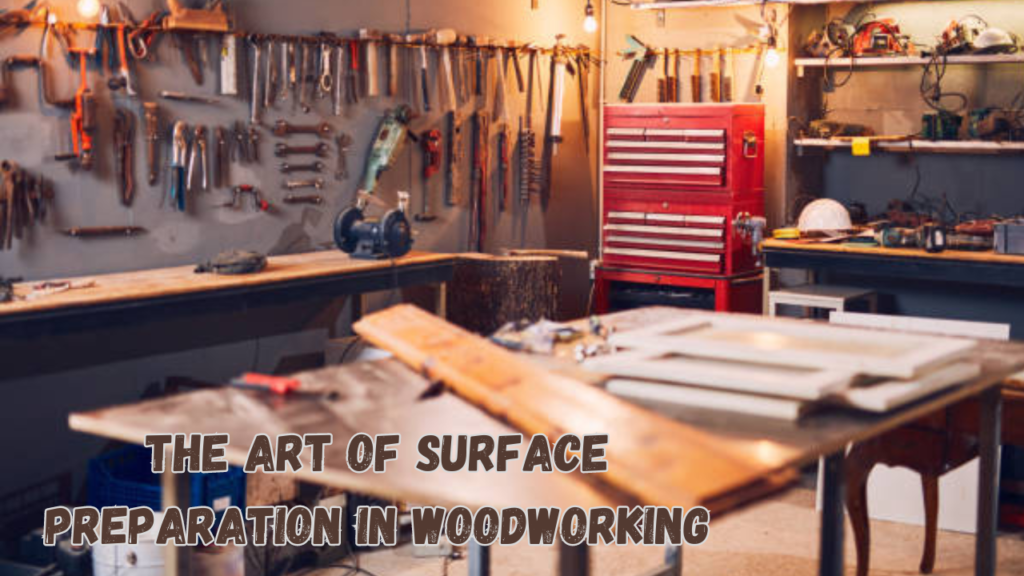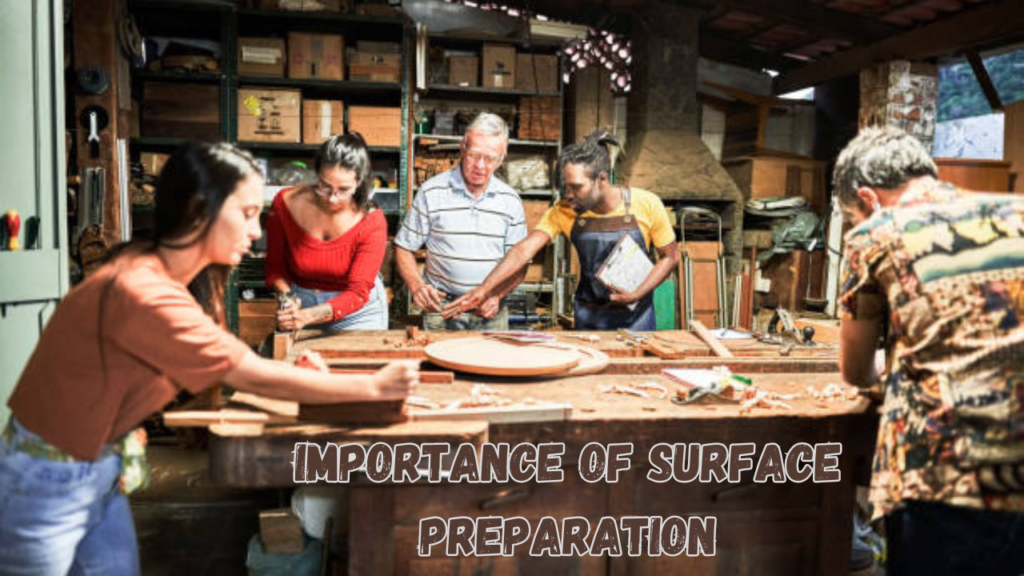
In the realm of woodworking, the journey to a flawless finished product begins with the often-underappreciated but crucial step of surface preparation. Whether you’re crafting furniture, carving sculptures, or building intricate wooden structures, the quality of your work is intrinsically tied to how well you prepare the surface. In this guide, we explore the significance of surface preparation in woodworking and the key techniques to achieve a canvas ready for the masterstroke.
Understanding Surface Preparation
Surface preparation is the foundational process that sets the stage for the rest of the woodworking journey. It involves getting the wood ready for finishing by addressing imperfections, ensuring smoothness, and enhancing the wood’s overall quality. The ultimate goal is to create a surface that not only looks aesthetically pleasing but also allows for optimal absorption of finishes, such as stains or paints.
Essential Tools for Surface Preparation
1. Hand Planes:
Hand planes are indispensable for leveling and smoothing wood surfaces. They come in various types, including jack planes for rough work and smoothing planes for finer finishes.
2. Sanders:
Power sanders, like orbital or belt sanders, expedite the process of smoothing surfaces. They are effective for removing unevenness and preparing the wood for finishing.
3. Wood Scrapers:
Wood scrapers are manual tools that efficiently remove thin layers of wood, leaving behind a smooth and refined surface.
4. Chisels:
Chisels are used for precision work, especially in carving and detailing. They help achieve crisp edges and intricate patterns.
Surface Preparation Techniques
1. Inspecting the Wood:
Begin by thoroughly examining the wood for any defects, such as knots, cracks, or unevenness. Identifying these imperfections early guides your approach to surface preparation.
2. Planing and Sanding:
Utilize hand planes or power sanders to level the wood surface. Start with coarser grits and gradually move to finer ones for a progressively smoother finish.
3. Filling Gaps and Cracks:
Address any gaps or cracks using wood fillers. This step ensures a seamless surface and prevents these imperfections from affecting the final appearance.
4. Chamfering Edges:
Chamfering involves beveling the edges of the wood, adding both visual interest and durability. Chisels are often employed for this detailing technique.
5. Final Sanding:
Finish the surface preparation with a round of fine sanding. This step not only enhances smoothness but also prepares the wood to absorb stains or finishes evenly.

Importance of Surface Preparation
1. Enhanced Aesthetics:
A well-prepared surface enhances the natural beauty of the wood, showcasing its grain and color variations.
2. Improved Finish Absorption:
Properly prepared surfaces absorb finishes more uniformly, ensuring a consistent appearance and longevity.
3. Optimized Wood Integrity:
Surface preparation contributes to the structural integrity of the wood, reducing the risk of issues such as warping or splitting over time.
Conclusion
In the symphony of woodworking, surface preparation takes center stage as the overture to a masterpiece. It requires a combination of precision, patience, and the right tools to create a canvas that beckons to be transformed. Whether you’re a seasoned craftsman or a novice woodworker, understanding and mastering the art of surface preparation lays the groundwork for the success of your woodworking projects. So, as you pick up your tools, remember that the key to a stunning final product lies in the meticulous care you invest in preparing the surface — the canvas on which your woodworking artistry unfolds.